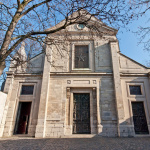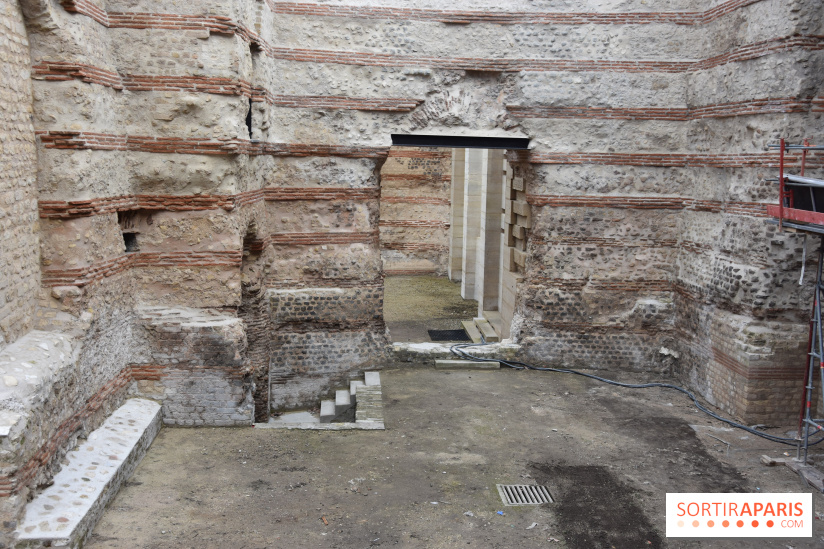Paris is a city steeped inhistory, and no one can deny it. Its Eiffel Tower takes us back to the beginnings of the modern era, its Haussmann architecture plunges us into the heart of the Second Empire, its Louvre Palace remains a witness to the Renaissance, while its Notre-Dame de Paris Cathedral transports us back to the Middle Ages.
Whilethe capital's best-known monuments have stood the test of time, the Paris of antiquity is more secretive. Yet these are the capital's oldest treasures! Come and join us in our DeLorean for a trip back in time. Spoiler Alert, our first stop is an obvious one:
Granted, it's hard to miss. The jewel of the Place de la Concorde is also the oldest monument in Paris. Although it has stood proudly on this mythical square since 1836, it was originally located in Egypt, at the Temple of Amun, but how did it end up there? The Viceroy of Egypt, Mehemet Ali, donated it to King Charles X in 1830. Commissioned by Pharaoh Ramses II, the obelisk actually dates back to the 13th century BC. Thanks to this obelisk, the Place de la Concorde is also a giant sundial - and that's no joke!
It's true that when you think of the oldest monuments in Paris, it's not an obelisk that springs to mind.Antiquity buffs would rather think of Lutetia, the capital's ancient name dating back toGallo-Roman times. In the Latin Quarter, an amphitheatre dating from the 1st century A.D. bears witness to this distant era: Les Arènes de Lutèce.
The Latin Quarter certainly lives up to its name! In addition to the Arènes de Lutèce, another vestige of the Gallo-Roman era can be found here: Les Thermes de Cluny. Dating from the end of the 2nd century A.D., this freshly restored ancient living space is part of the Musée de Cluny, dedicated to the Middle Ages.



 The Saint-Pierre de Montmartre church, a jewel of Gothic style in Paris
The Saint-Pierre de Montmartre church, a jewel of Gothic style in Paris
The Saint-Pierre de Montmartre Church is one of the hidden treasures of Paris. It is one of the oldest parish churches in the capital and is well worth a visit. [Read more]



























